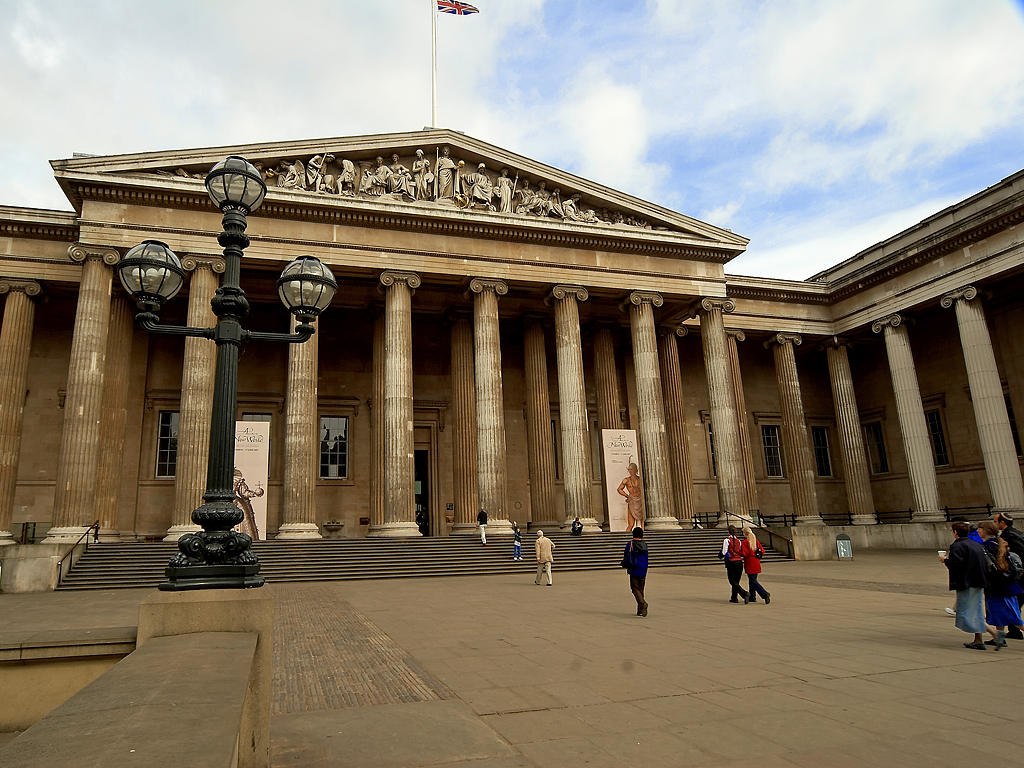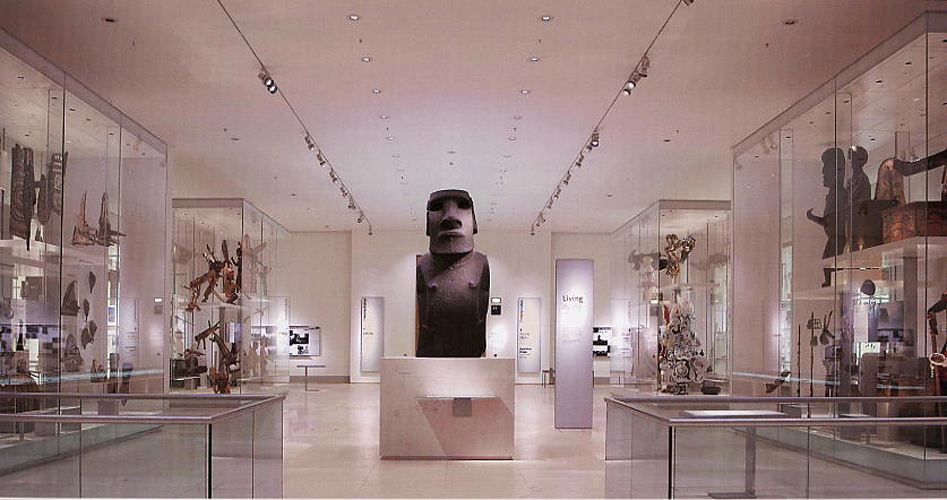British Museum
The British Museum
Founded in 1753 the British museum was the first national public museum in the world. From the beginning, it granted free admission to all 'studious and curious persons'. This fantastic museum receives a staggering 6 million visitors a year, over the years it has remained open continually apart from two world wars.
The origins of the British Museum lie in the will of the physician, naturalist, and collector, Sir Hans Sloane 1660–1753. Sloane was an avid collector who also purchased and acquired other collections or cabinets of curiosities.
During his lifetime, Sloane collected more than 71,000 objects, which he wanted to be preserved intact after his death; he bequeathed the whole collection to King George II for the nation in return for a payment of £20,000 to his heirs. The gift was accepted and on 7 June 1753, an Act of Parliament established the British Museum.
The founding collections largely consisted of books, manuscripts, and natural specimens with some antiquities including coins and medals, prints and drawings and ethnographic material. In 1757 King George II donated the 'Old Royal Library' of the sovereigns of England and with it the privilege of copyright receipt.
The museums current home was constructed to house a gift to the nation by George IV of his father’s library the magnificent quadrangular building we now see was designed by Sir Robert Smirke 1760 – 1867. By 1857, both the quadrangular building and the round Reading Room had been constructed.
Over time, the collection grew and in the early part of the nineteenth century, there were a number of high profile acquisitions. These included the Rosetta Stone 1802, the Townley collection of classical sculpture 1805, and the Parthenon sculptures 1816.
As the number of exhibits grew and the collection increased in size. It was decided to make more room by moving the natural history collections to a new building in South Kensington in the 1880s this became the Natural History Museum. This expansion was the result of much excavation abroad.
Some of the finds in particular the Assyrian collections formed the basis for the understanding of cuneiform an ancient Middle Eastern script. In the same way the Rosetta Stone had resulted in the unlocking of Egyptian hieroglyphic script a symbol based script.






